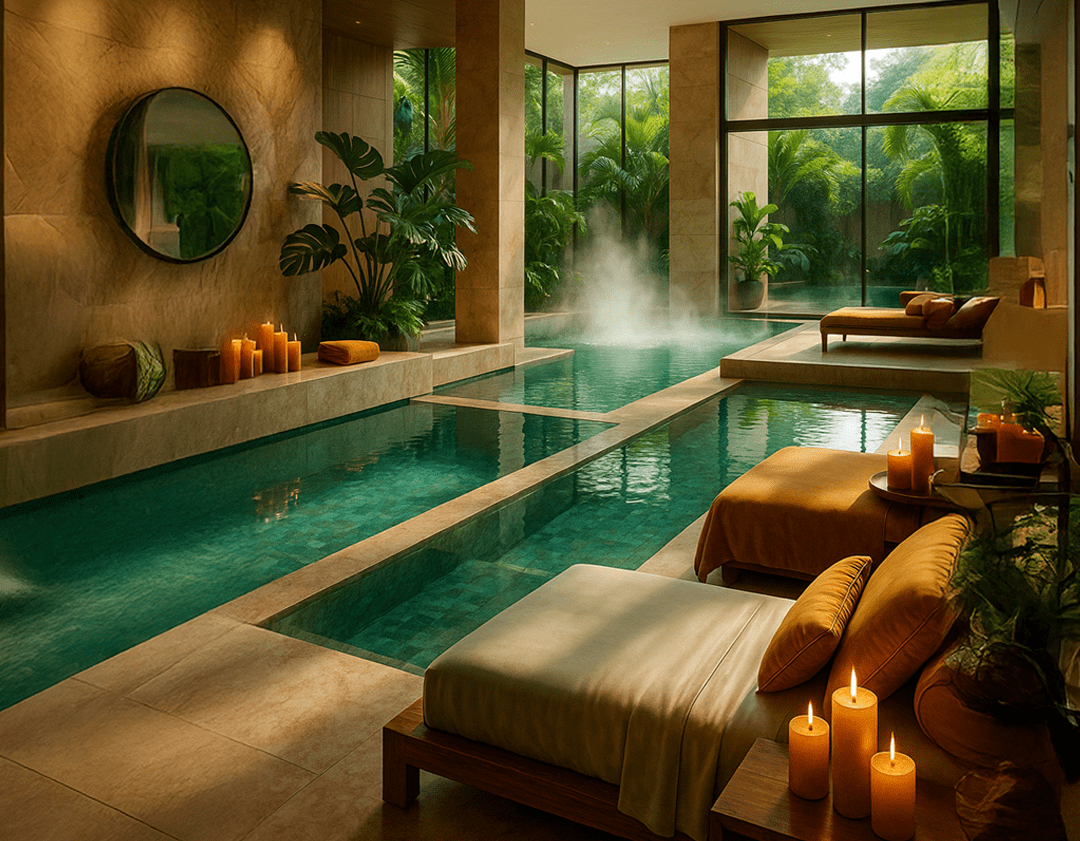The Loyalty Code
Mastering The Art of Lasting Engagement From Aspirational to HNW Client Segments

The luxury industry stands at a critical inflection point that demands immediate strategic attention. For the first time in two decades of CXG’s luxury market observations, the customer base contracted. The market lost approximately 50 million customers globally between 2022 and 2024, shrinking from 400 million customers to an estimated 350 million at the end of 2024. This dramatic contraction signals that elevation strategies focused solely on top-tier clients may be creating unsustainable market dynamics that threaten long-term growth prospects.
At the same time, according to CXG data, 58% of luxury customers have stopped purchasing—mainly due to poor value perception (52%) and subpar in-store experiences (49%).
While traditional VIC (Very Important Client) relationships remain the cornerstone of luxury profitability, a seismic shift is occurring beneath the surface. VIC clients, who represent just over 1-3% of the total customer base, now account for roughly 40-45% of global luxury purchases, up from 35% in 2021. Yet, Aspirational Clients are saving rather than spending, and finding ways to engage with this segment successfully is becoming increasingly more complex.
In the meantime, the middle-segment or Core customers feel increasingly overlooked despite their consistent loyalty and regular purchasing patterns. This begs the question related to the future of engagement models across these three segments. Perhaps most importantly for luxury brands, the wellness market is experiencing a maturation from trend-driven to science-driven purchasing decisions. About 64% of surveyed US beauty consumers rank clinical and scientific studies as essential criteria in their product selection process, while 59% report willingness to pay premium pricing for wellness products with clinical backing. This evolution aligns perfectly with luxury brands’ heritage of craftsmanship, quality, and attention to detail, creating natural entry points for brands that can credibly deliver superior wellness outcomes.
Based on CXG’s comprehensive research spanning millions of data points, luxury brands face a critical inflection point requiring immediate strategic rebalancing across all customer segments. For Aspirational clients, who represent a large share of the luxury market value but face economic pressures driving them toward dupe culture and resale markets, brands must deploy AI-enabled scaled personalization and values-driven engagement that maintains the emotional resonance of luxury while acknowledging Gen Z’s preference for authenticity over status. For VIC clients, brands must combat event fatigue and the “bargaining VIC” phenomenon by creating ultrabespoke experiences that cannot be replicated while protecting advisor continuity – recognizing that 68% of VICs would follow their advisor to a new brand.
However, the most profound and also most urgent insight resulting from our comprehensive analysis is this: brands need to put more focus and investment into the Core segment. This is a customer segment that demonstrates superior engagement across every metric yet feels systematically overlooked. This disconnect must be addressed as a high-priority imperative.
Brands should think about redirecting some of the investment away from VIC events with possibly diminishing returns toward recognition systems, community building, and tier progression programs.
The overarching imperative demands that brands implement a “biological ecosystem” approach where all three groups receive segment-appropriate attention and none are neglected, this being especially true for Core customers. In all cases, success requires sophisticated future-client mapping that treats everyone as a potential VIC initially, systematic collection of unstructured lifestyle data through discovery-based conversations, and ruthless elimination of the personalization gap where 78% consider it important yet only 56% are satisfied.
The winners will master invisible technology that empowers human connection rather than replacing it, regional customization that respects cultural differences while maintaining brand consistency, and the courage to rebalance resources toward the overlooked Core segment that represents luxury’s hidden foundation and future growth engine.


